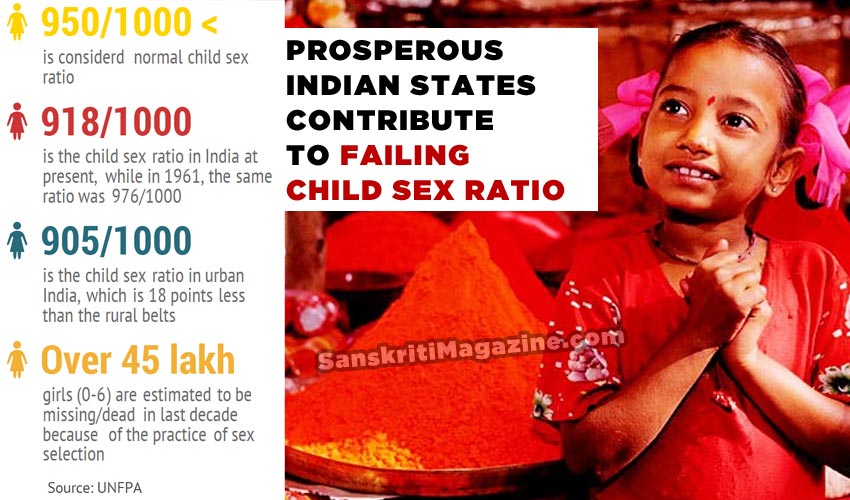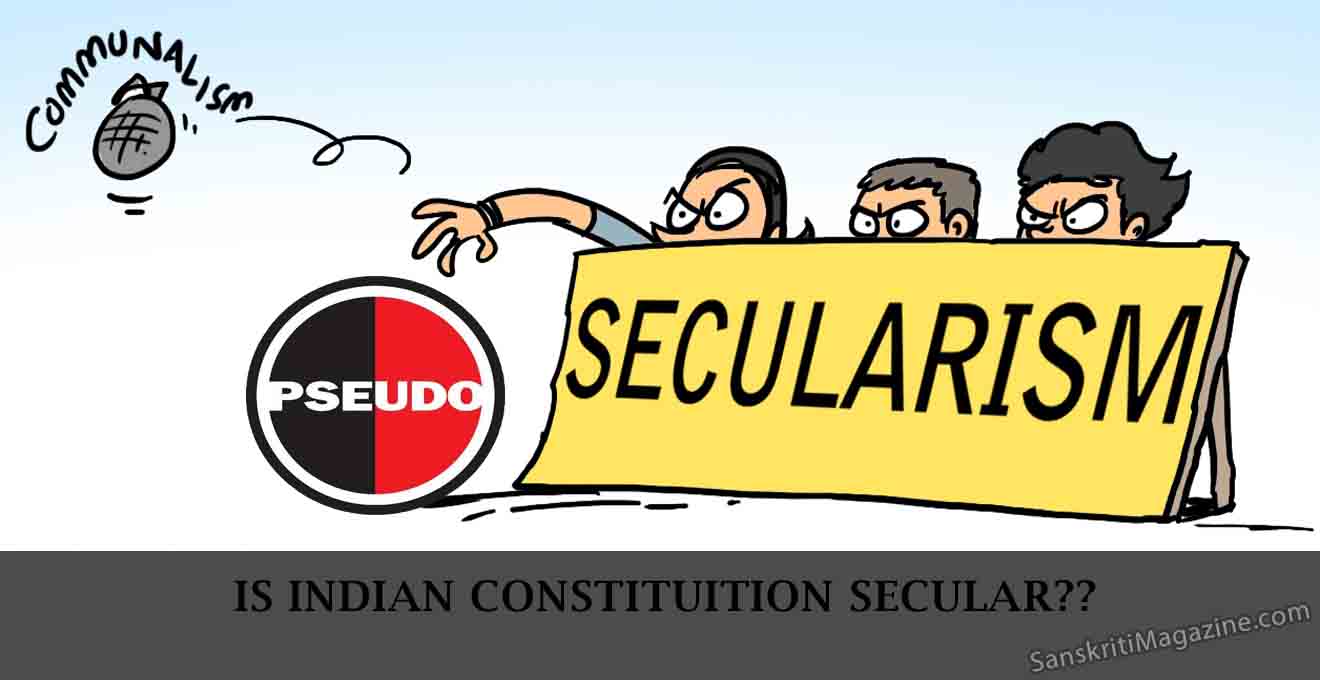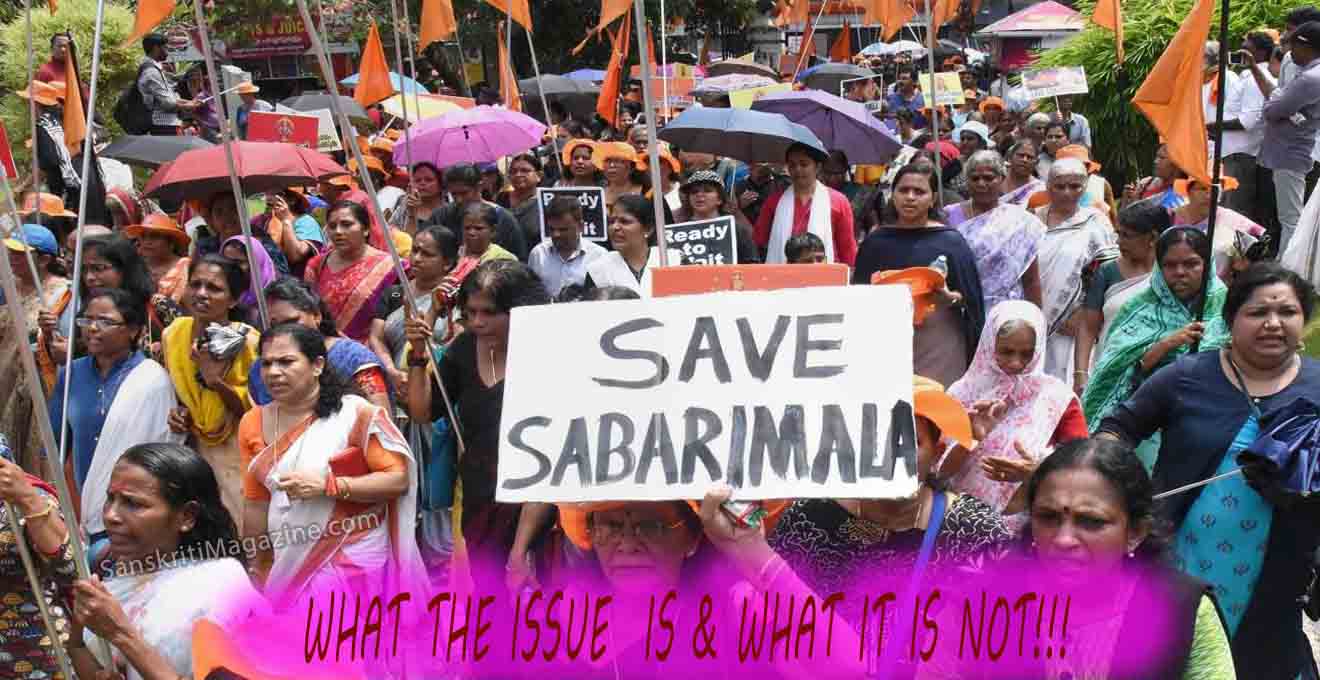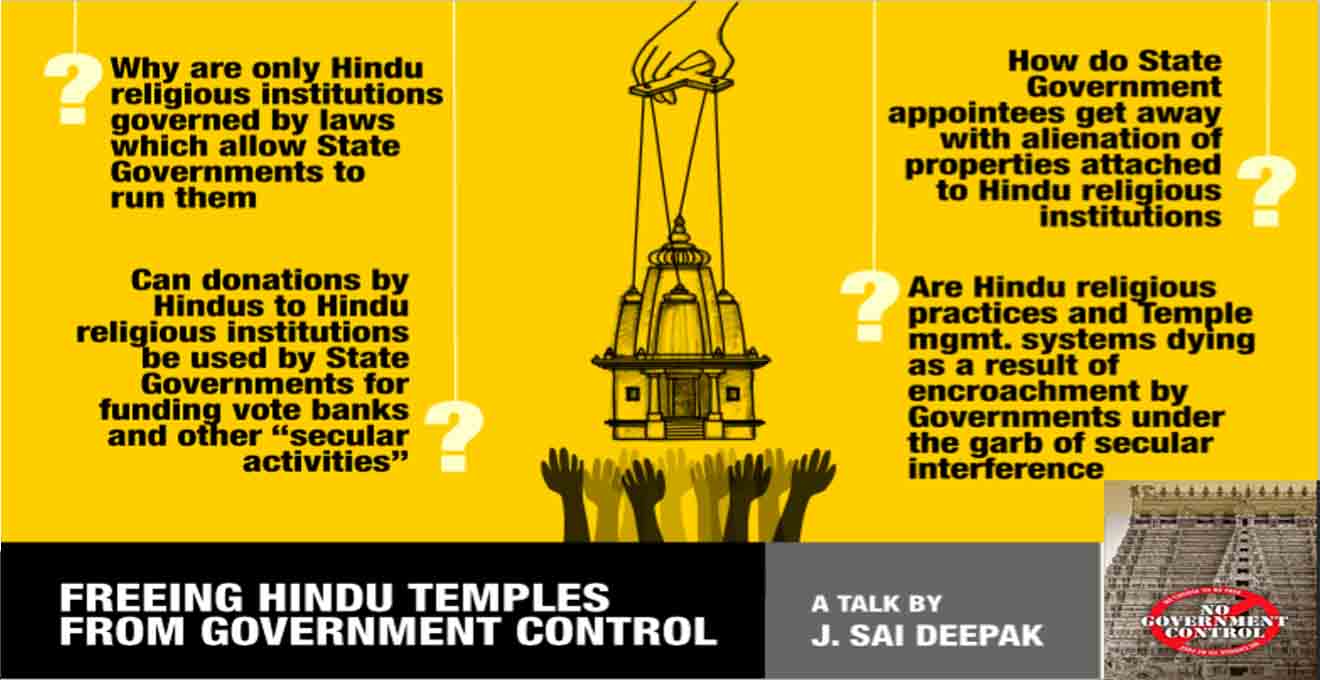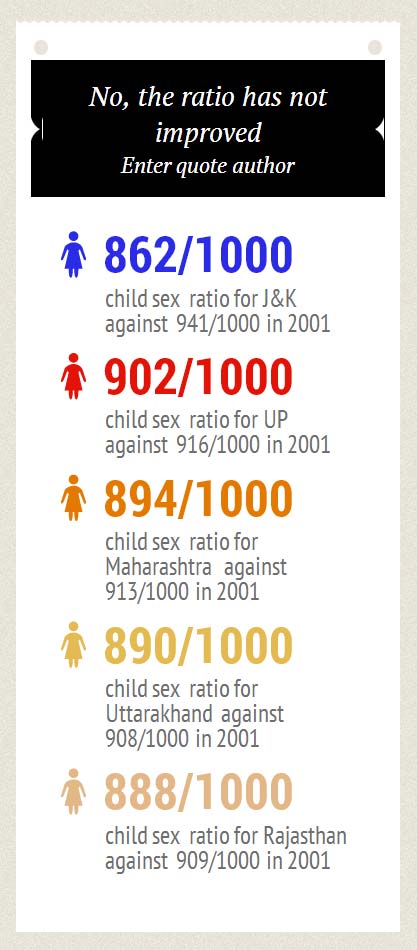 The Economic Survey released recently revealed that the proportion of working-age population in India is likely to increase from around 58 per cent in 2001 to more than 64 per cent by 2021, with a large number of young persons in the 20-35 age group. However, a portion of our population will not be contributing to the growth of the country. For, the child sex ratio (the number of girls per 1000 boys) in India has gone down from 976 in 1961 to 918 in 2011. This ratio was 962 in 1981, 945 in 1992 and 927 in 2001.
The Economic Survey released recently revealed that the proportion of working-age population in India is likely to increase from around 58 per cent in 2001 to more than 64 per cent by 2021, with a large number of young persons in the 20-35 age group. However, a portion of our population will not be contributing to the growth of the country. For, the child sex ratio (the number of girls per 1000 boys) in India has gone down from 976 in 1961 to 918 in 2011. This ratio was 962 in 1981, 945 in 1992 and 927 in 2001.
The situation is alarming in certain parts of Delhi, Punjab, Haryana, Uttar Pradesh and Maharashtra where this figure is less than 850 girls for every 1000 boys.
The recently conducted Annual Health Survey 2012-2013 (second updation) has further revealed that Bijnor, Agra, Badaun, Firozabad, Varanasi, Bhilwara, Jaipur, Jaisalmer, Sawai Madhopur and Gwalior have 850 girls per 1000 boys at the time of birth.
Delhi is among the top five states/Union Territories with low child sex ratio followed by Chandigarh, Rajasthan, Uttarakhand and Maharashtra. Haryana tops the list with a ratio of 830 girls per 1000 boys followed by Punjab and J&K.
When the ratio is calculated at birth it provides a clearer indication of sex selection. On the other hand the child sex ratio reflects the imbalance between the number of girls and boys, indicating that the practice of sex selection (along with other factors such as selective neglect of girls) have led to a drastic decline in the number of girls compared to the number of boys.
According to an estimate by the United Nations Population Fund (India), the practice of sex selection has resulted in the loss of approximately 5.7 lakh girls annually during 2001-2008.
Dr Arvind Singh, UP Ambassador for Doctors for Daughter Project ( a project of IMA and UNFPA), further informed that the poor child sex ratio or sex ratio at birth is primarily seen as an indicator of male dominated social and family structure. The sex selective abortion is primarily practiced out of various issues including property rights in patriarchal society. One can easily see these ratios are poor in prosperous states and communities while the data is better in Bihar, Jharkhand and socially and economically weaker societies.
~by Swati Chandra

